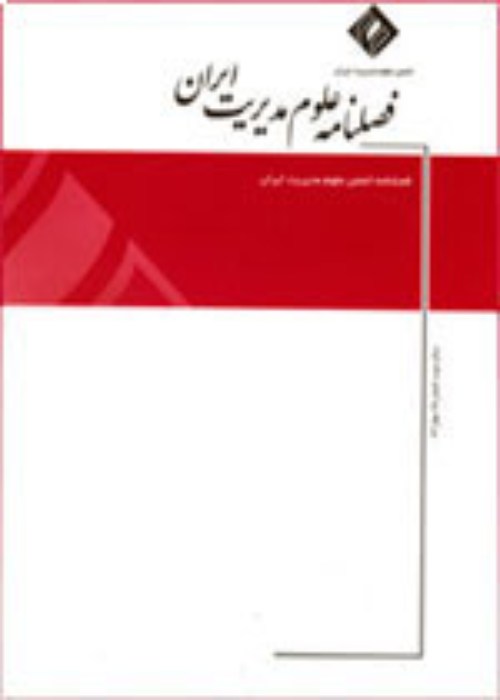Designing and validating a model to overcome the challenges of virtual education: a study in the post-corona era
This article is aimed at designing and validating a model for overcoming the challenges of virtual education in the post-corona era. This cross-sectional study in terms of purpose is exploratory, in terms of audience is basic and in terms of approach is a mixed research. The participants in the qualitative section was made up of 20 Tehran’s educational managers and experts at the first secondary level. After interviewing 17 persons who have been selected purposefully we reached theoretical saturation. The statistical population in the quantitative section consists of teachers of the first secondary level at Tehran in the academic year of 1400-1401. The sample size was estimated to be 384 teachers, selected via Cochran's formula and cluster-random method. The data collection tools were semi-structured interviews in the qualitative phase and researcher-made questionnaires, which were validated by construct validity, convergent validity and divergent validity methods. Using Cronbach's alpha and composite reliability, the reliability of the questionnaire was also evaluated. In order to t identify the dimensions and components of the research, we used thematic analysis and for finding the relationships of the elements we used the structural-interpretive modeling method and for validating the research model we applied the partial least squares method. The results of the research showed that the infrastructure of human resources and technology ,and the rules of virtual education provide a context for the culturalization of virtual education. Cultivation of virtual education has led to the digital skills of teachers and the monitoring system of virtual education, and these factors also lead to the participation of students. Students' participation is related to the performance evaluation system of virtual education and the creation of a teaching-learning environment, and at the end, the development of virtual education can be achieved through the efficiency of the educational system and the repair of students' learning gaps.
- حق عضویت دریافتی صرف حمایت از نشریات عضو و نگهداری، تکمیل و توسعه مگیران میشود.
- پرداخت حق اشتراک و دانلود مقالات اجازه بازنشر آن در سایر رسانههای چاپی و دیجیتال را به کاربر نمیدهد.


